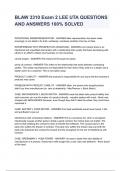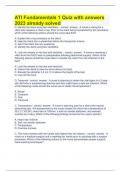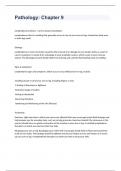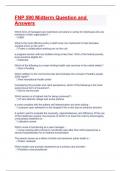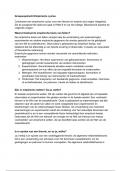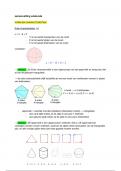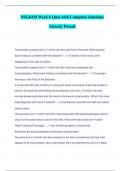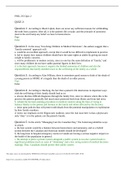Exam (elaborations)
NSCA CPSS Chapters 17-20 Questions With Complete Answers
- Course
- Institution
NSCA CPSS Chapters 17-20 Questions With Complete Answers What is the underlying concept of the training process in athlete monitoring? A) Maximizing external load B) Balancing stimulus and recovery for adaptive responses C) Eliminating all inherent risks D) Reducing training load to prevent f...
[Show more]




